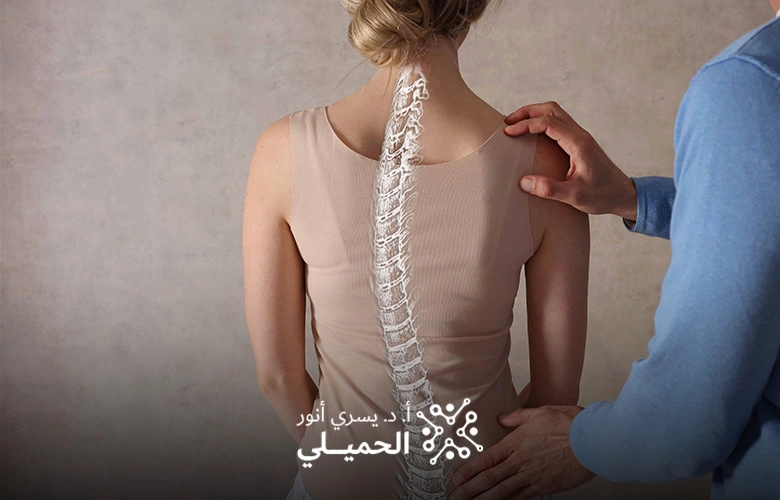
Spinal deformity correction surgery is a precise surgical intervention aimed at fixing abnormalities and attempting to restore bone alignment to relieve spinal pain and improve mobility efficiently. The surgery is performed using advanced techniques mastered by neurosurgeons and spine specialists, such as navigational surgery, which plays a significant role in orthopedic surgeries and is closely linked to vital tissues like the spinal cord and nerve pathways.
There are several signs that indicate spinal deformities and deviations from its proper alignment, including:
The methods for treating spinal deformities include:
The doctor may recommend a patient for spinal correction surgery based on a clinical examination in the clinic (physical examination), which helps the doctor assess the patient’s movement, along with X-rays of the back to examine the condition of the bones and spinal vertebrae. Here are the potential candidates for this surgery:
Spinal deformity surgery provides effective results in correcting spinal deformities and malformations, especially in advanced cases that do not respond to treatment with back braces or physical therapy sessions. After surgery, patients can move easily and engage in sports activities without problems. The shorter the patient adheres to the post-surgery rehabilitation program, the quicker the recovery period, and the faster the individual can return to normal life.